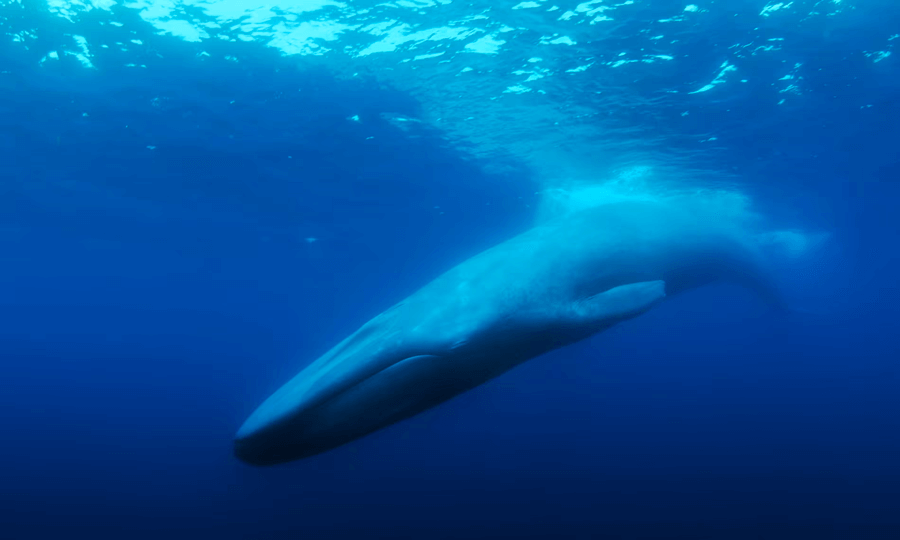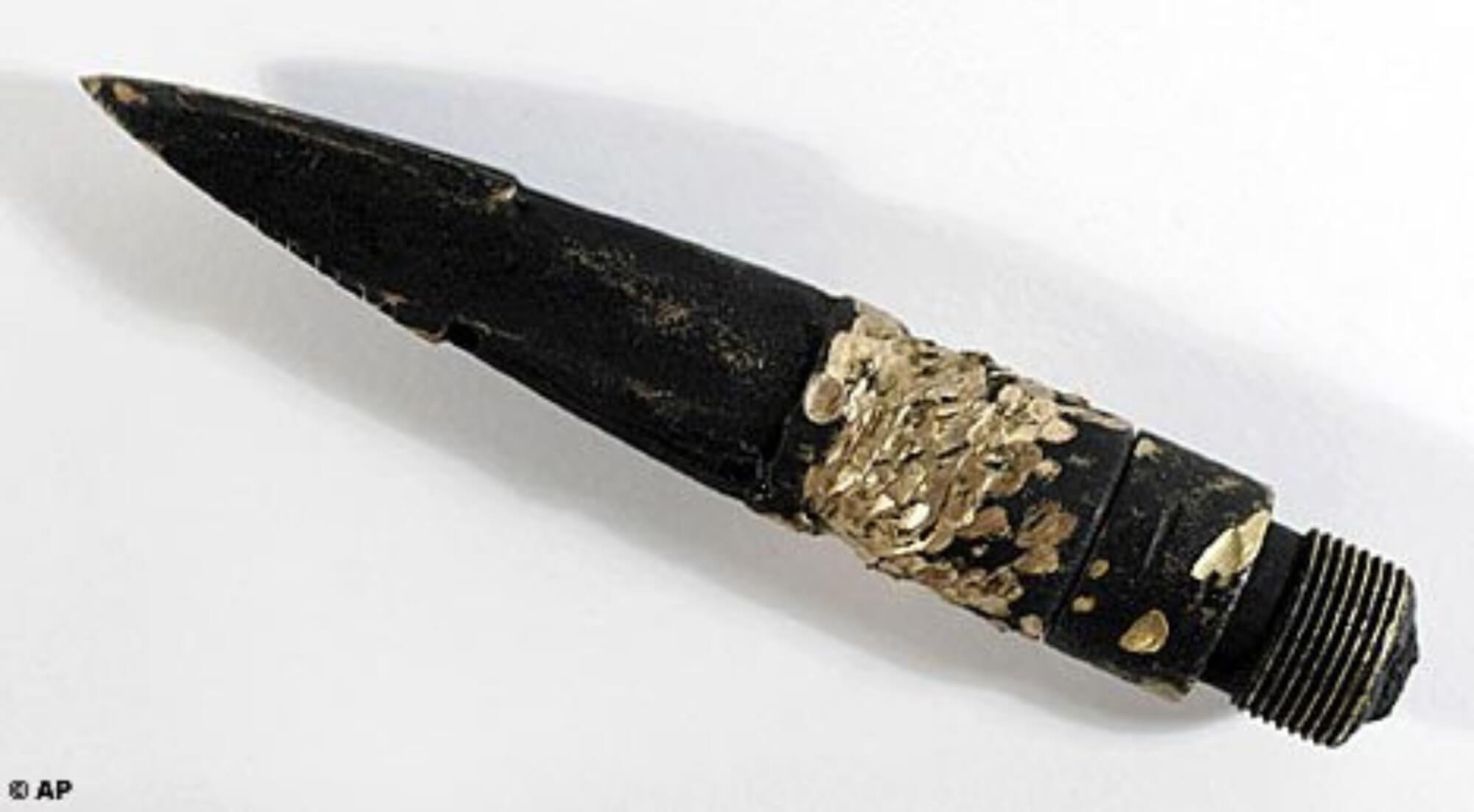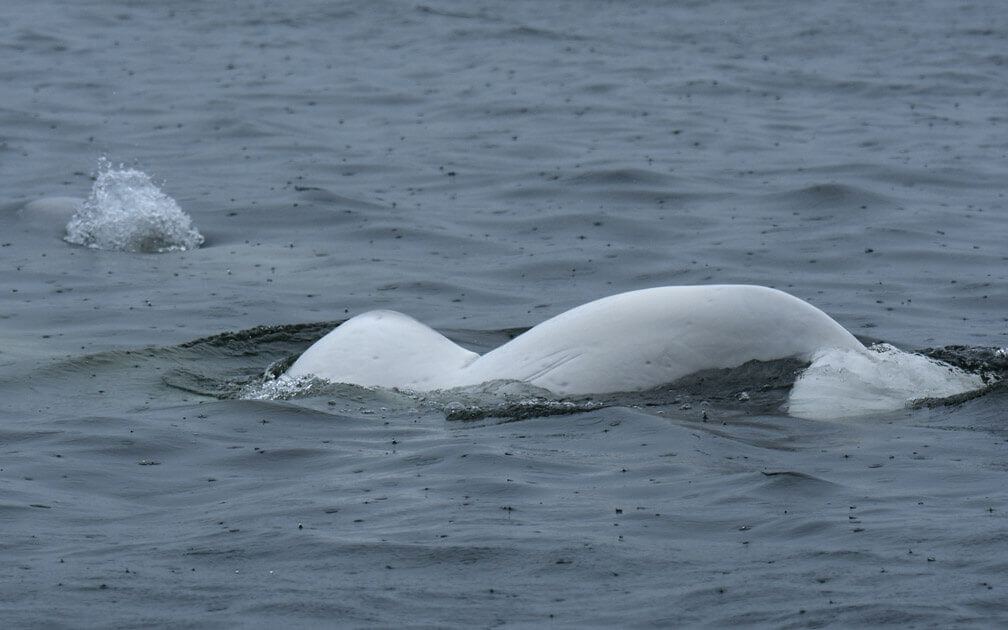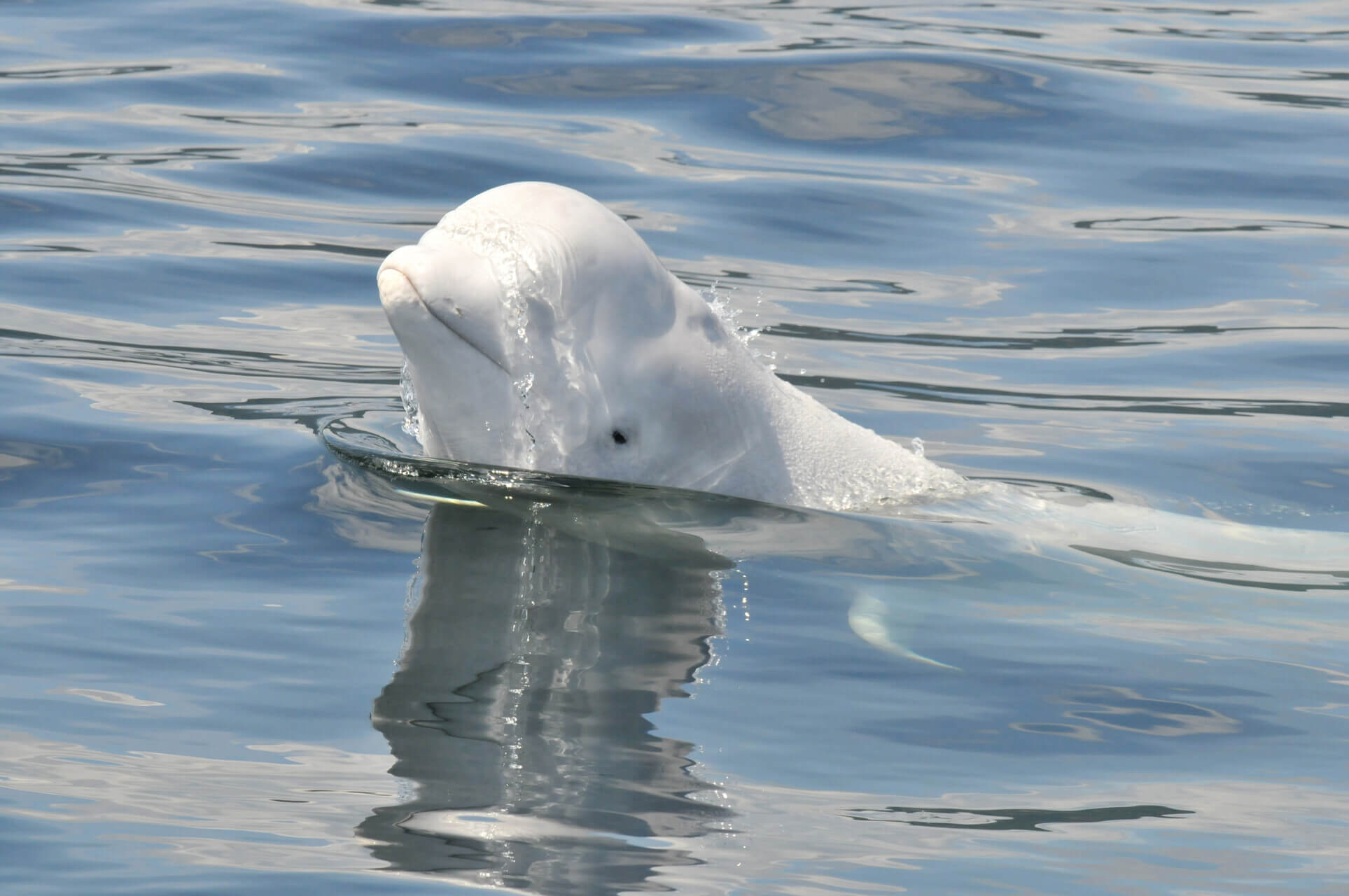The reason marine mammals fascinate us so much is that we are far from having unravelled all of their mysteries! Every encounter with these giants of the seas is unique and sometimes has an astonishing story behind it. Whether it’s for their atypical physical traits or their unique behaviours, let’s meet these whales that are like no other. Welcome to our cabinet of curiosities dedicated to cetaceans!
Whale 52: The loneliest of whales
A rorqual song with a frequency of 52 Hertz was first heard in the waters of the North Pacific in 1989. What species is responsible for producing this unique vocalization? Blue whales have a frequency of between 15 and 20 Hertz, while that of fin whales lies between 15 and 30 Hertz. Many have wondered whether this particularity might isolate this odd-sounding rorqual, nicknamed “Whale 52,” from other species. Does its vocalization frequency prevent it from communicating with its peers?
Scientist Christopher Clarke of Cornell University claimed the opposite in a 2015 BBC report. Blue whales, fin whales and humpback whales, can hear the frequency of Whale 52! In fact, its vocalizations might not be so abnormal. Whale 52’s singing has largely the same characteristics as that of a blue whale. It might just have its own, admittedly very singular, vocalization.
Over the years, the frequency of Whale 52’s vocalizations has fallen to 47 Hz. A decrease in blue whale vocalizations has also been measured in response to the heavy maritime traffic along the coasts of California. These observations suggest that Whale 52 might be a blue whale or a hybrid whale that has adapted to its environment. However, this remains a hypothesis, as Whale 52 has not been heard since 2012.
The longest-living whale
The bowhead whale can live to be over 200 years old! This incredible discovery was made after a bowhead whale was harvested by an Indigenous community in Alaska in 2007. After it was killed, a harpoon head dating from the 19th century was discovered in its shoulder! As whalers of that period did not hunt calves, this would mean that the animal was already an adult at the time. Through carbon-14 dating, it was determined that the whale was actually 211 years old. Since the southern right whale has no natural predators, it likely developed genetic adaptations that foster such longevity.
“Ghost” whales
What if Moby Dick, the white sperm whale featured in the novel of the same name, was not just imaginary? Some whales stand out from other members of their species by their unusual whiteness. Just like land animals, whales can be albino!
Albinism is a rare phenomenon in the animal kingdom, but white whales (other than belugas, which are not albino) have already been encountered! As far back as the 19th century, a white sperm whale was well known to whalers in the Pacific Ocean off the coast of Chile. Named Mocha Dick, this may be the individual that inspired the story of Moby Dick. More recently, Migaloo, an albino male humpback, was discovered in Australia in 1991! This regular visitor to Australian waters has even become famous.
Besides albinism, there are other discolouration anomalies in whales such as leucism. In this case, melanin, the pigment responsible for colouring of the body, is degraded. Cases of leucism have been recorded in killer whales, humpback whales, fin whales, and even grey whales!
Whales, too, can suffer back issues…
Have you ever seen a beluga with a deformed back? Occasionally encountered in the St. Lawrence are individuals with scoliosis, a visible deformation of the spine! Pascolio, Néo and Kamouraska are easy-to-recognize belugas due to this visible deformation.
While some of these deformations are of genetic origin , others may unfortunately be accidental. This is the case of Moon, a humpback whale that frequents the waters of British Columbia in Canada. On September 7, 2022, a team from BC Whales noticed that her spine had an unusual S shape. Moon apparently suffered a run-in with a boat, and could only swim by using her pectoral fins. She was last seen in British Columbia on October 11, before being spotted off the coast of Hawaii on December 1, 2022. Despite her condition, she managed to undertake a migration of 4,800 kilometres in 8 weeks! Incredible resilience despite the severity of her injuries. Unfortunately, she was in rough shape when she was relocated in Hawaii, after which there has been no trace of her.
It is important to note that, unfortunately, ship strikes represent one of the leading causes of whale mortality in the world.
Tryphon, star sperm whale of the St. Lawrence
In 1991, Tryphon became the first sperm whale ever to be photographed in the St. Lawrence by GREMM’s team. Tryphon was a faithful visitor to the Côte-Nord region and used to return almost every year accompanied by other sperm whales! However, the St. Lawrence Estuary is shallow, while sperm whales can hunt their prey in waters up to 1,000 m deep. One explanation might be that these sperm whales were young males that had split off from their group to look for new feeding areas to avoid competition with older males.
Unfortunately, in 2003, Tryphon got tangled up in crab trap lines near Sept-Îles. He did not survive his entanglement and was found a few days later in Rimouski. Since his death, the presence of sperm whales has been rare in the St. Lawrence.
Vagrant narwhal in the St. Lawrence
In 2016, a most peculiar individual was observed amongst the belugas. With its speckled grey skin and a long, spiralled tooth occasionally emerging from the water, there can be no doubt… It’s a narwhal! The latter live in the Arctic, over 1,000 km from the St. Lawrence. How did it get here? Could it have been to escape a predator, to chase potential prey, or on account of its pioneer-like personality? In any case, this little narwhal was adopted by a group of male belugas in the St. Lawrence. After having been observed until 2022 with the same group, it has not been seen since. Keep your eyes peeled, perhaps you’ll come across it!
That’s the end of this cabinet of curiosities, but that doesn’t mean there aren’t other surprising facts! The world of cetaceans is full of mysteries, and who knows what others are yet to be discovered!


















